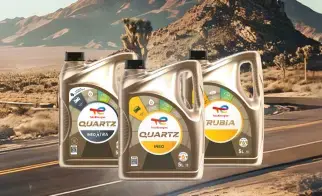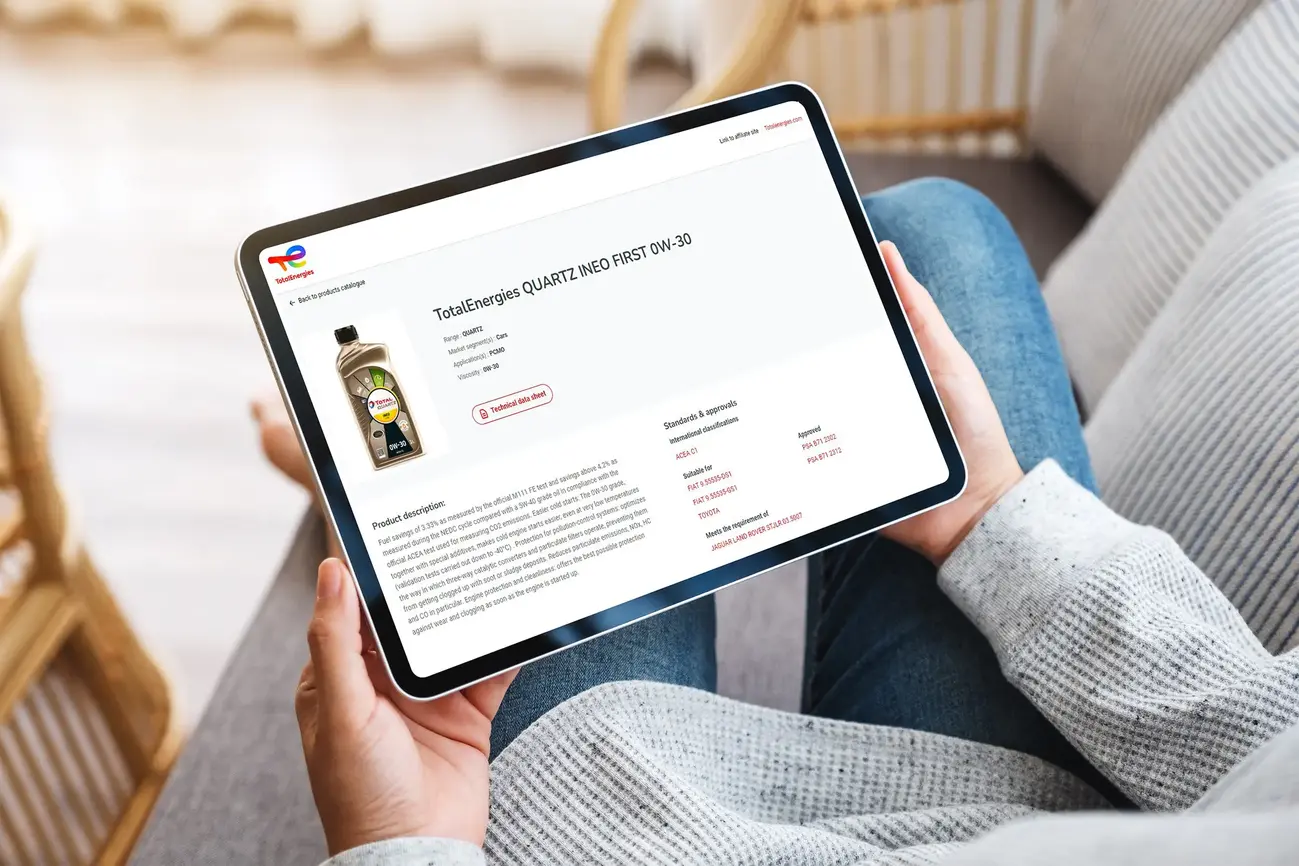How to check, refill and remove AdBlue®
Whether you own a car or manage a fleet, it is important to understand how to check, refill and remove AdBlue® from vehicles.
The fluid, used to reduce nitrous oxide emissions in diesel engines, safeguards your health and that of pedestrians.
If that wasn’t enough of a reason to keep your tank topped up, on top of this, running out of AdBlue® has the potential to do serious damage to engines – here’s how to make sure you don’t get caught short, plus answers relating to common AdBlue® range-related questions.
Checking your AdBlue® level
Finding out whether you have an adequate amount of AdBlue® in your tank is usually straightforward enough – an amber dashboard warning light will typically alert you when your tank needs a refill.
If your warning light is lit, it’s not something that needs immediate action as when it appears, this indicates you have around 1,500 miles to go before you run out, and some models will even display a countdown. Nevertheless, it is important not to leave your top-up too late – as outlined below, engine performance may be affected as a result.
How to refill or top-up AdBlue®
Your mechanic should refill or top-up your AdBlue® tank during its routine service, depending on how empty the tank is, but if you do need to refill your AdBlue® tank, the process is simple:
- Locate the vehicle’s AdBlue® tank – it will either be beneath the bonnet, or next to the diesel filler cap. If you are not sure where it is, check your owner’s manual.
- Attach an anti-spill nozzle to the AdBlue® container. If you do not have an anti-spill nozzle to hand, remove the AdBlue® tank cap and place a funnel in the top of the reservoir.
- Slowly refill the AdBlue® tank until it is full.
- Some vehicles require a dashboard reset after a top-up to remove the AdBlue® warning light. Check your owner’s manual or with your mechanic to see if this applies to your vehicle.
- After topping up AdBlue®, do not start the vehicle until its onboard computer has validated the refill. This can take a couple of minutes but once you get confirmation it’s worked, you’re good to go.
AdBlue® removal
If you have mistakenly put AdBlue® in the wrong system or another fluid in your AdBlue® reservoir, do not start your engine and contact a mechanic to get it safely and entirely removed. If you start your engine and attempt to drive, your engine will be seriously damaged – call a professional and get the vehicle towed to the garage.
Removing the AdBlue® system or installing an emulator is illegal in some countries. In the UK, HGV drivers lose their O-licenses if their vehicles are found to have been tampered with and may receive significant fines, particularly if drivers have been operating in low-emissions zones illegally.
You might also be interested in

Find the right oil for my car

Buy our engine oils

How to guides
